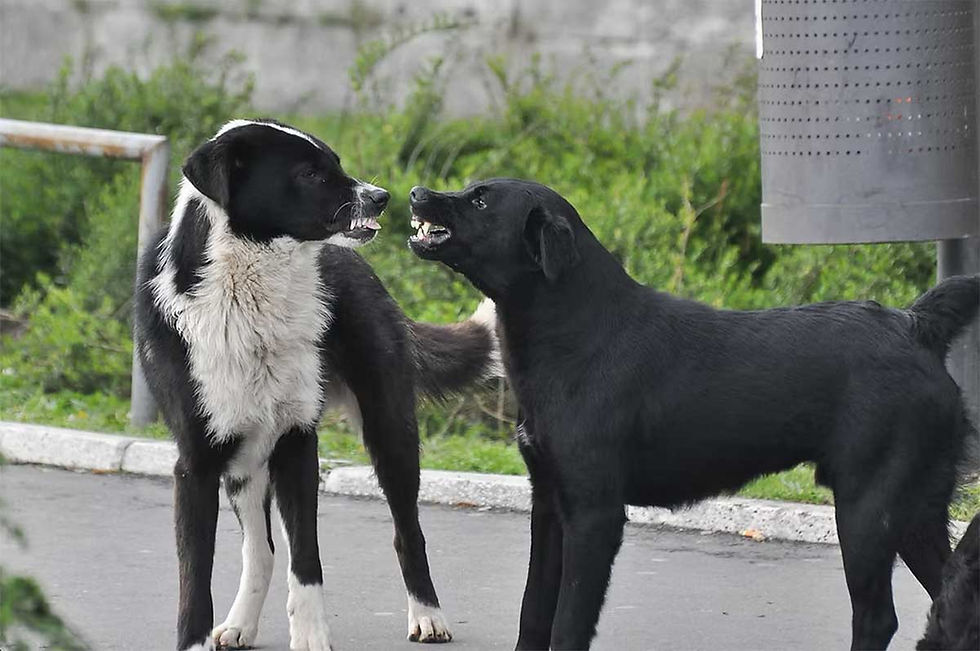Reactive Dog Training and Obedience
- John Whittaker

- Oct 1
- 2 min read
Updated: 2 days ago

Aggression often starts out with dogs restraining themselves. Over time, aggression often escalates and can begin transferring into other types of aggression.
A question we hear often is: “Why does my dog need obedience training if aggression is the only problem?”
It’s a fair question. Aggression is difficult to control, creates risk to whoever it’s directed towards and almost always is stressful for owners. But aggression doesn’t exist in isolation. It’s part of a larger system of thinking, behaviors, and automatic reactions that all influence one another. To change aggression, you have to address the whole system — not just the surface symptom.
Complex Problems Usually Require Comprehensive Solutions
Let’s imagine you have a 14-year-old nephew named Bobby. Bobby is constantly getting into fights at school and at home. Out of love, you invite him to live with you, hoping a new environment will help. But the fights don’t stop — in fact, they get worse.
You try to reason with him, telling him fighting isn’t acceptable. You make sure he feels supported and loved. You even read parenting books and apply new strategies. Still, the fights continue. Eventually, you resort to giving consequences every time he lashes out.
Here’s the problem: focusing on the fights alone doesn’t fix anything. Bobby’s aggression isn’t just about the fights. It’s connected to deeper patterns — accountability, following rules, respecting authority, doing schoolwork, keeping responsibilities at home, and showing consideration for others. Until those areas improve, the aggression is unlikely to disappear.
Dogs Are No Different
The same principle applies to dogs. An aggressive dog doesn’t just need correction for aggressive outbursts. Yes, appropriate consequences play a role, but they’re not the full solution.
Your dog needs:
change their associations — replace present association of trigger with a new and improved understanding
Short-term rules — obedience commands that provide structure and clarity in the moment.
Long-term rules — everyday boundaries and responsibilities that build respect, stability, and self-control.
When these elements work together, they form a balanced system of thinking and behaving. Only then can real, lasting change happen.
The Bigger Picture
So, does your aggressive dog need obedience training? Absolutely. Not because obedience alone “fixes” aggression, but because it creates the foundation for new ways of thinking and living. Without that foundation, aggression almost always comes back.
In short: obedience isn’t just about commands — it’s about building the system your dog needs to leave aggression behind.



Comments